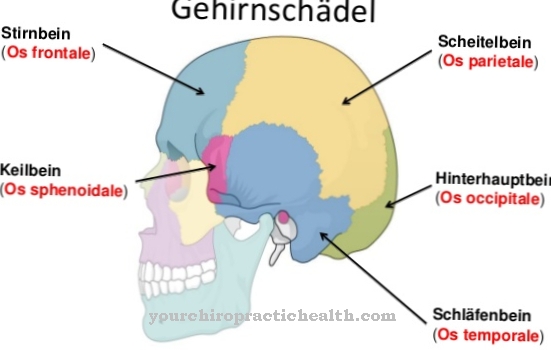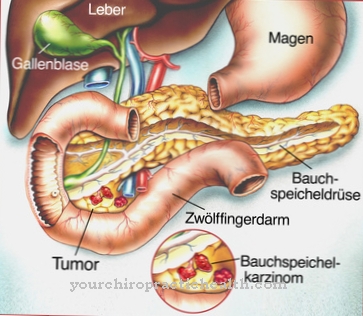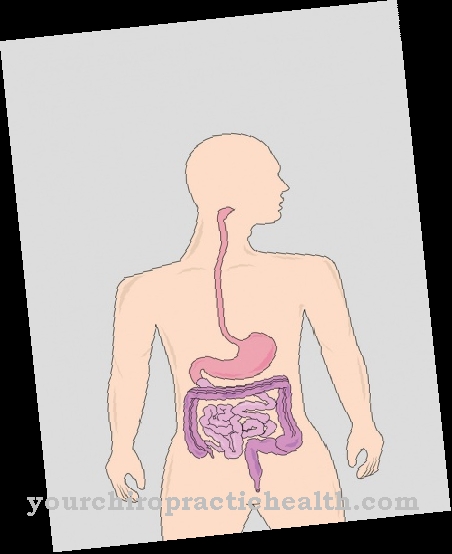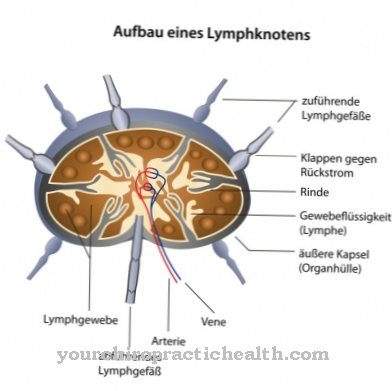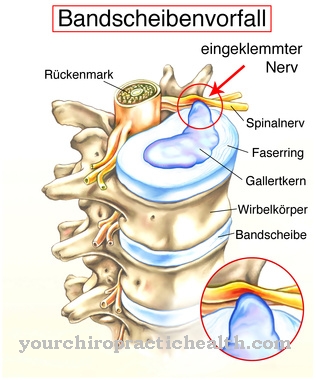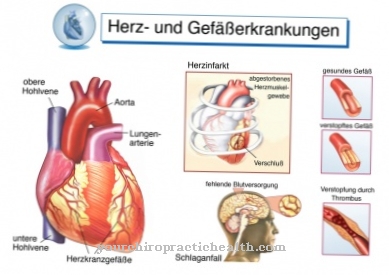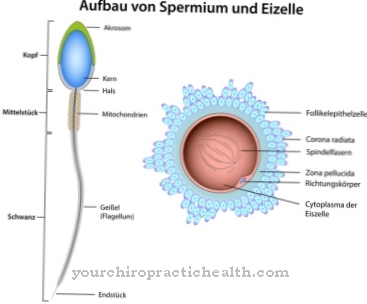Vincristine is a cytostatic drug that is used to treat cancer. The alkaloid acts as a mitosis inhibitor.
What is vincristine?

Vincristine is an alkaloid. Alkaloids are chemical heterogeneous substances that occur naturally. They usually contain nitrogen and arise in the secondary metabolism of plants or animals. Secondary metabolic products are chemical substances that are produced by plants, bacteria or fungi, but are not needed by these living beings for growth or survival. Secondary metabolic products such as vincristine are also known as secondary metabolites.
Vincristine is an alkaloid that is extracted from the pink catharanth (Catharantus roseus or Vinca rosea). It is one of the semi-synthetic vinca alkaloids. Vinca alkaloids are active ingredients that are obtained from plants belonging to the dog venom family.
Vincristine is a cytostatic drug that is used to treat cancer. For this it is administered intravenously as part of chemotherapy.
Pharmacological effect
Vinca alkaloids like vincristine have the property of attaching to the protein tubulin. Tubulins are proteins that are found in eukaryotic cells. After the vincristine has attached, microtubules can no longer form. Microtubules are tubular intracellular organelles. They are responsible for the chromosome arrangement within mitosis. In the mitosis phase, the nucleus divides in the cell cycle and the DNA is divided. Then the genetic material is distributed from a single cell to two daughter cells during cell division.
If the microtubules cannot do their job during the mitotic phase, the formation of new functioning cells is no longer possible. The cells are formed, but they quickly die of cell death (apoptosis). The cells divide particularly quickly within a tumor. Mitosis in cancer cells is particularly affected by the use of vincristine. In this way, cancer growth can be effectively inhibited or at least slowed down. Furthermore, vincristine inhibits or disrupts DNA synthesis and RNA production within the cells. Thus, no protein formation and no cell reproduction is possible.
Medical application & use
Vincristine is a cytostatic drug that is given as part of chemotherapy. It intervenes in the mitosis of all cells. However, rapid mitoses are more likely to be impaired. Therefore, vincristine can be used to treat all malignant (malignant) tumor diseases.
Vincristine is used particularly frequently to treat acute leukemia. Other malignant diseases of the lymphatic system, such as Hodgkin's disease or non-Hodgkin's lymphoma, are also treated with vincristine. Vincristine is also used in rhabdomyosarcoma, neuroblastoma and osteosarcoma. Malignant melanoma is also an indication for the cytostatic agent.
In children, Wilms' tumor, an embryonic malignant mixed tumor of the kidney, is treated with vincristine. 10 percent of all malignant childhood tumors are nephroblastomas. Women with cervical cancer are also often treated with vincristine. Other indications for the use of the cytostatic are small-cell lung carcinoma, Ewing's sarcoma and Werlhof's disease.
Werlhof's disease is not a cancer, but an autoimmune disease that is associated with the destruction of platelets in the spleen. The lack of platelets causes bleeding in the patient. In Werlhof's disease, also known as idiopathic thrombocytopenic purpura (ITP), vincristine is only used if the patient does not respond to short-term therapy with corticosteroids or to removal of the spleen.
Vincristine is a chemotherapeutic agent that may only be used under the strictest medical supervision. Misuse or overdose can be fatal. Adults receive between one to two milligrams of vincristine per square meter of body surface area per week. In children and adolescents, the daily dose is two milligrams per square meter of body surface. Patients who have an elevated level of direct bilirubin in their blood serum receive a much lower dose of vincristine.
Risks & side effects
Vincristine has many side effects.The bone marrow can be damaged and anemia, leukopenia, and thrombocytopenia can develop. In anemia, there are not enough red blood cells in the blood. In leukopenia, the white blood cells are missing. Thrombocytopenia is associated with a lack of blood platelets.
Patients rarely react to vincristine with an allergic shock. More often, they develop rashes or edema. ADH secretion can be disturbed. A deficiency in the antidiuretic hormone becomes noticeable when large amounts of water are excreted in the urine. This phenomenon is also known as diabetes insipidus. With the water, sodium is also lost through the kidneys. In addition, patients taking vincristine may experience nerve pain and paresthesias such as tingling. The neurological deficits are possibly irreversible.
Gait disorders, cranial nerve paralysis and myalgia are also observed. Muscle wasting, high blood pressure, constipation, and colicky abdominal pain are other undesirable effects of the cytostatic.
Since the cells of the oral mucosa are also affected by the chemotherapeutic agent, those affected suffer from severe pain in the oral cavity and throat. They can also have paralysis or spasms of the airways with severe shortness of breath. In some cases, optic nerve atrophy occurs. This leads to temporary blindness. Oral ulceration and necrosis in the intestine are rare. A common and characteristic side effect of vincristine is hair loss.

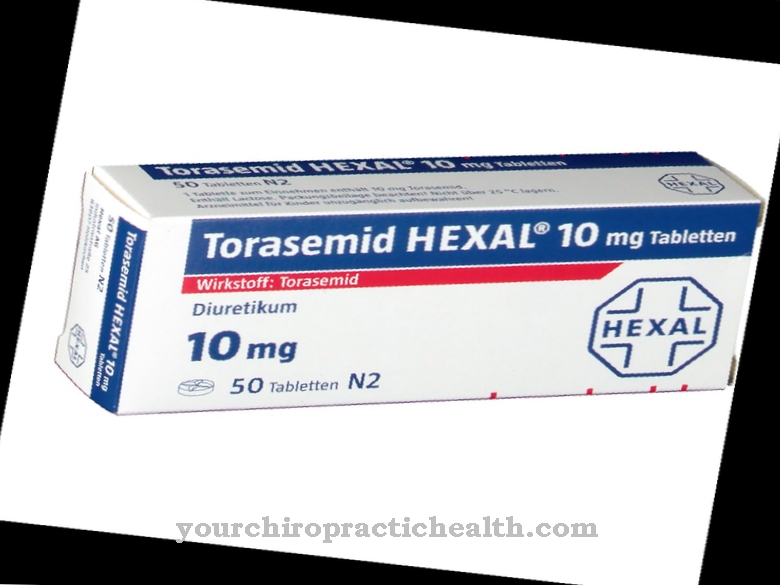






.jpg)





.jpg)
